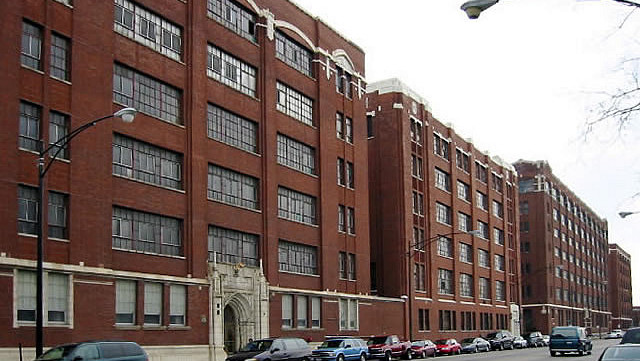The classic American dream of homeownership as the core of financial security isn’t dead, despite a roller coaster ride through bubble and bust over the last few years. This is reflected in a Gallup poll conducted as part of an ongoing series through the recent financial crises.
In March, Gallup asked 1,206 people, “Which of the following do you think is the best long-term investment – gold, real estate, savings, stocks or bonds?” The largest number — 30 percent — chose real estate as the best investment, up from 19 percent in 2012.

“With housing prices improving across the country, Americans are regaining faith that real estate is the best choice for long-term investments,” Gallup’s Rebecca Riffkin said of the results. “But home ownership is also associated with views of real estate as an attractive investment opportunity. This leaves groups with lower home ownership rates, like lower-income and younger Americans, still looking elsewhere for investment options.”
Real estate investment was favored by all ages and income groups surveyed, although not as strongly among younger people. It was still the most popular option — but only barely — among those aged 18-29, who have only seen a volatile market in their lifetime. The 25 percent who see real estate as the best investment were statistically even with the 23 percent who favor good old-fashioned savings.
The survey results come amid a dramatic warm up in real estate. “The lows of the housing recession are becoming an increasingly distant memory as home values reach new highs,” said Stan Humphries, chief economist of Zillow, a real estate website. “But there are a handful of markets where affordability is again a challenge. The housing affordability issues we’re already seeing in select markets could become a much more widespread concern a few years from now.”
Affordability is not only a concern for public policy, it’s also the biggest threat to the market today. Sales of new single family homes dropped 13 percent year on year this March, according to the Commerce Department. “A rise in interest rates, combined with the rise in home prices, has quickly and surprisingly made a lot of markets unaffordable for home buyers,” said Daren Blomquist, vice president at property data firm RealtyTrac.
“The rise in interest rates and prices of new homes is leaving some potential buyers with sticker shock,” said Bill Banfield, vice president at mortgage lender Quicken Loans.
We can see these results reflected in the actual performance of real estate. The Case-Shiller Composite 20 index is a survey of home prices in the country’s 20 largest metro areas. It was normalized in January 2000 as 100.
At its peak in April 2006 it stood at 206, meaning prices had more than doubled. That fell back to a low of 137 by January 2012, a loss of a third at the worst of the housing crisis. It’s back to 168 today, a net gain of 23 percent off the bottom in just two years. Opinions about real estate have rebounded with actual performance.

Booms and busts
Through all of the boom and bust cycles, has real estate proven itself to be a good long-term investment? A comparison with inflation, as provided by the Bureau of Labor Statistics, shows that $100 in 2000 has the same buying power as $137 today. Over the longer term, housing prices have only kept pace with overall price increases.
Robert Shiller, a co-inventor of the Case-Shiller index, sees this trend as a feature over an even longer term. “Home prices look remarkably stable when corrected for inflation. Over the 100 years ending in 1990 — before the recent housing boom — real home prices rose only 0.2 percent a year, on average. The smallness of that increase seems best explained by rising productivity in construction, which offset increasing costs of land and labor.”
With long-term price stability and short-term pressure on new housing caused by rising prices, it would be easy to conclude that real estate has reached equilibrium after so many years of volatility. Doug Duncan, chief economist of Fannie Mae, forecast a cautious boom ahead this year.
“Housing starts are expected to rise to about 1.05 million units in 2014, up from 925,000 in 2013 but approximately 50,000 fewer than we expected at the beginning of the year due to builders’ credit and labor constraints,” Duncan said.
The long-term investment Americans think it is?
Is real estate really the long-term investment Americans think it is, though? In the end, it may be that the poll carried out by Gallup reflects only short-term trends and a lack of other options, especially with confidence in the stock market constantly eroding.
There is no doubt that real estate is hot this year, but the market has achieved a self-correcting mechanism that was missing during the bubble years. Prices are back on par with inflation and appear unlikely to charge too much further ahead without major new developments.
Perhaps the most important result of the poll comes in the attitudes of young people whose choices are going to become more important as they become a bigger share of the working population. While real estate fared well as a choice for them, it only narrowly beat out stable, reliable savings as the group’s top choice. That may be the most telling indicator of the future of investing for working Americans.


